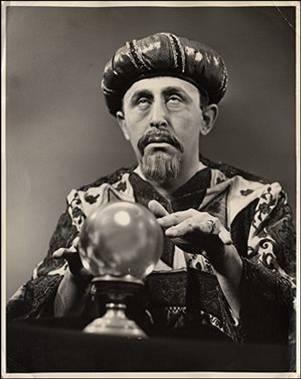Hi,
I am currently installing a new kitchen and have purchased an integrated double oven and a ceramic hob my question is this, both appliances need to be wired direct to the old cooker main can i run both units off of the same point the hob is 230v - 50hz 5.kw and the double oven is 220-240v 50hz 4.8kw
Thanks in advance for you help,
KR
Sean
I am currently installing a new kitchen and have purchased an integrated double oven and a ceramic hob my question is this, both appliances need to be wired direct to the old cooker main can i run both units off of the same point the hob is 230v - 50hz 5.kw and the double oven is 220-240v 50hz 4.8kw
Thanks in advance for you help,
KR
Sean


